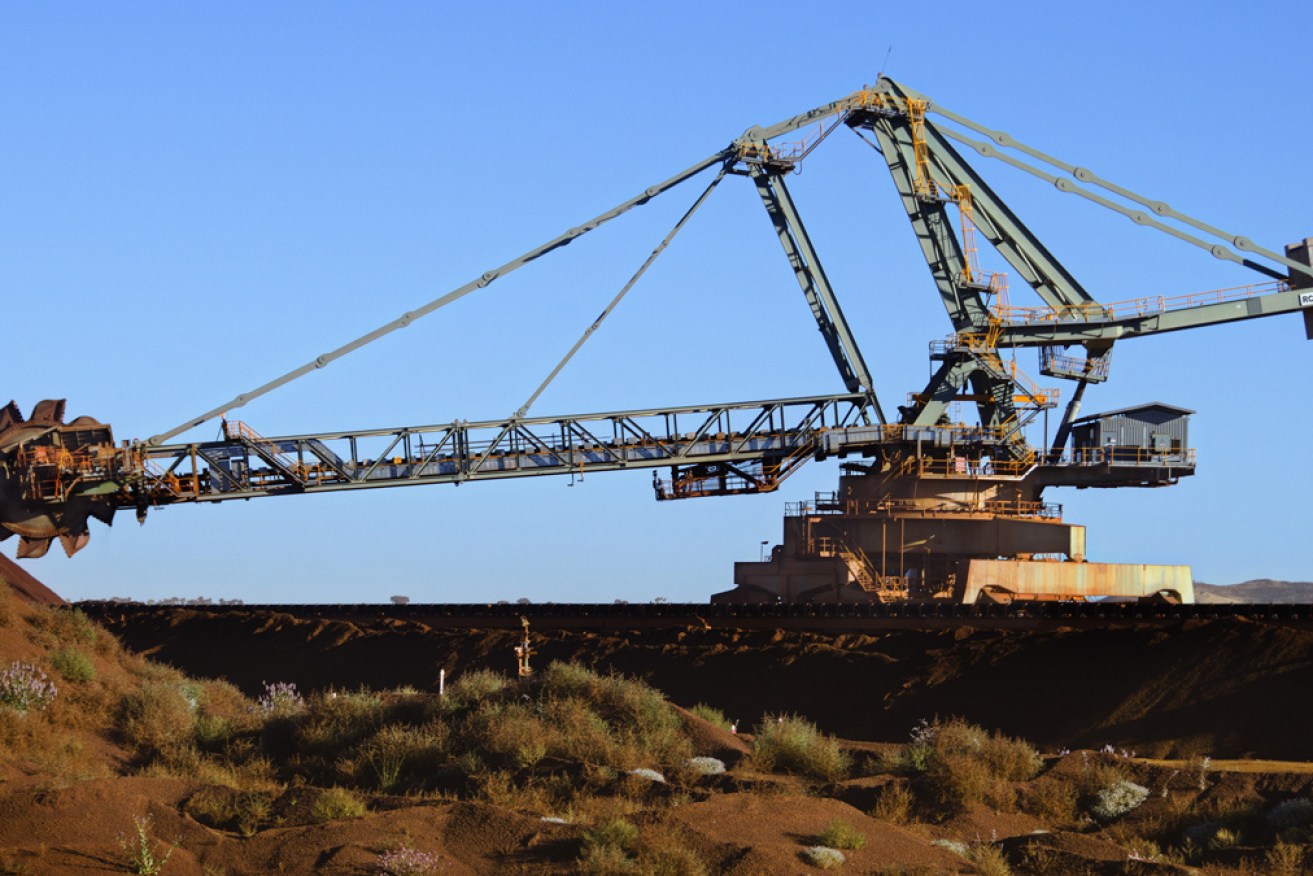Five-year high in iron ore price means ‘free money’ for Australia


Australia's economy is set to receive a sugar-hit from high iron ore prices. Photo: Getty
Whoever wins the federal election this Saturday can expect to inherit an economic windfall, as iron ore prices surge to highs not seen since 2014.
As of May 10, the commodity was fetching $US95.08 per dry metric tonne (dmt) on the global market, an increase of about 37.8 per cent since the beginning of the year.
That’s also 73 per cent higher than the conservative $US55 per dmt estimate outlined by government in the 2019 federal budget.
That increase is “good news” for Australians, according to independent economist Stephen Koukoulas, who told The New Daily that iron ore prices are a “very powerful thing” in influencing the domestic economy.
To put into context why these price gains are significant, Australia is the largest exporter of iron ore in the world – the commodity accounted for 15.2 per cent of national exports in 2017-18, while one-third of the world’s known deposits lie below Australian soil.
The federal budget even included a prediction that a $US10 per dmt increase in the iron ore price would boost the country’s tax receipts by $3.7 billion in the 2020-21 financial year.
“This is good news,” Mr Koukoulas said. “We’ve had various bouts of bad luck with the iron ore price, but for now, while the prices are at their current levels, I think people can be cautiously joyous.”
It’s good news for whoever wins the May 18 election, as the low prices built into the federal budget estimates mean the current, near-double price effectively translates to “free money” for Australia’s economy, Mr Koukoulas said.
Brazilian flood created iron drought
While there are several factors underpinning the price of iron ore, IBISWorld senior industry analyst Jason Aravanis said a key driver in the recent surge was the collapse of a dam at the Córrego do Feijão iron mine in Brazil.
More than 300 miners were killed when the dam collapsed in late January, releasing a torrent of 11.7 million cubic metres of toxic mining waste known as ‘tailings’ onto the nearby city of Brumadinho.

The collapse of the dam at the Córrego do Feijão mine hurt global supply. Photo: Getty
After the disaster, the mine’s owner Vale was forced to shut down several other operations pending an investigation into the company’s dams, and this shortfall in iron ore production drastically pushed up the price, Mr Aravanis said.
Other factors include the weak Australian dollar making the real cost of import for other countries cheaper, solid demand from China, and the high quality of Australian iron ore (making it cheaper for buyers to convert into other materials).
However, iron ore is unlikely to stay at its current levels, Mr Aravanis said, and will most likely slide back to $US58 per dmt in 2020.

Iron ore spot prices have hit their highest levels since 2014. Source: YCharts
“We expect prices to remain higher than expected [in the budget], but these forecasts could change overnight as new developments happen,” he said.
Mr Koukoulas, too, warned that the price of iron ore could be subject to sudden and drastic shifts.
“It’s so fickle,” he said.
The eventual re-opening of Vale’s mines would be enough to drop the price, Mr Koukoulas said, as would the opening of any new mines contributing to global supply.
“The other thing is that while prices are high, we might see some mines increase their capacity to take advantage of the prices, and if they pick up their production that can put downward pressure,” he added.








